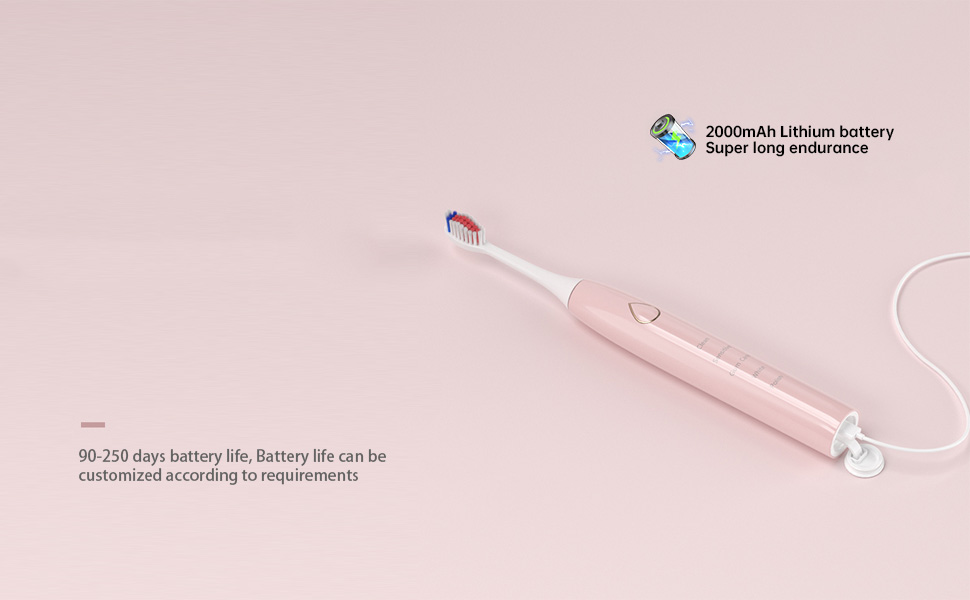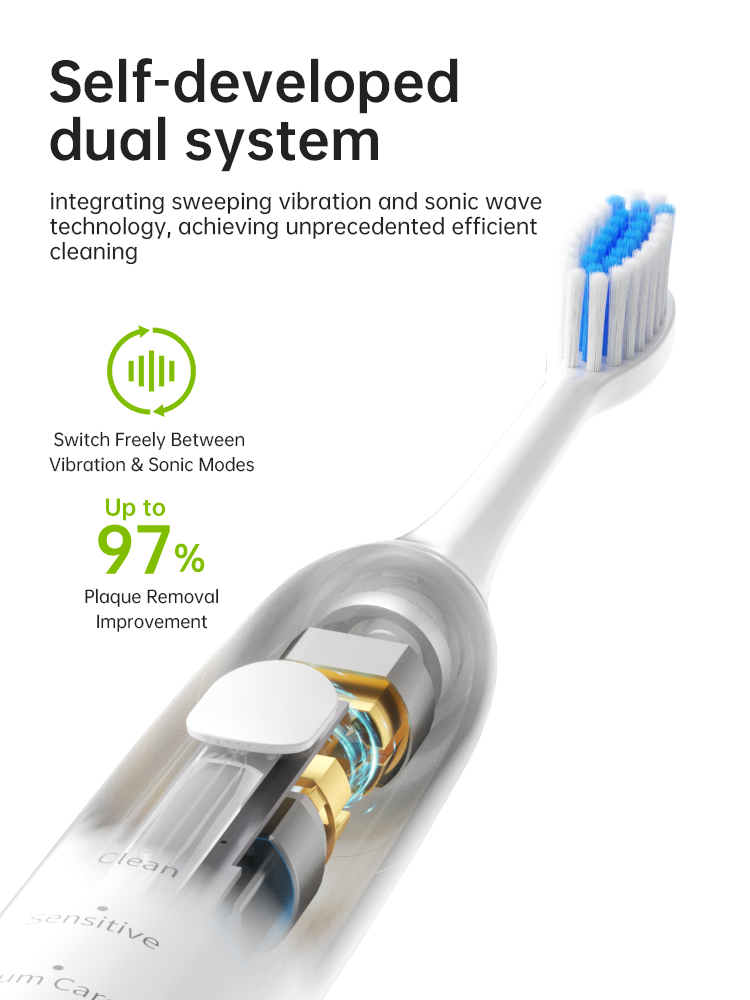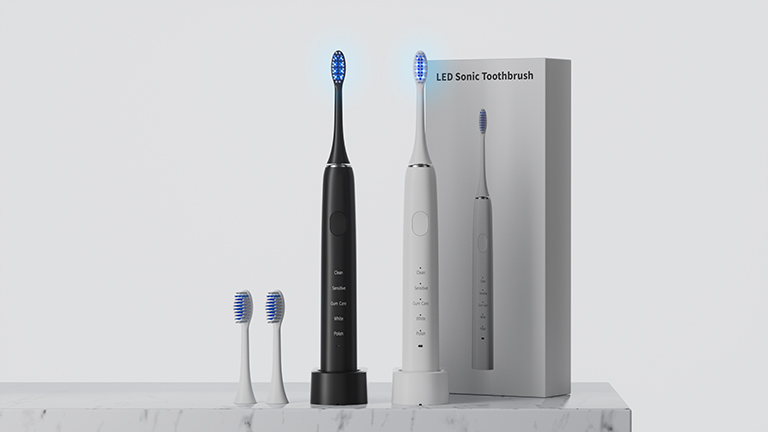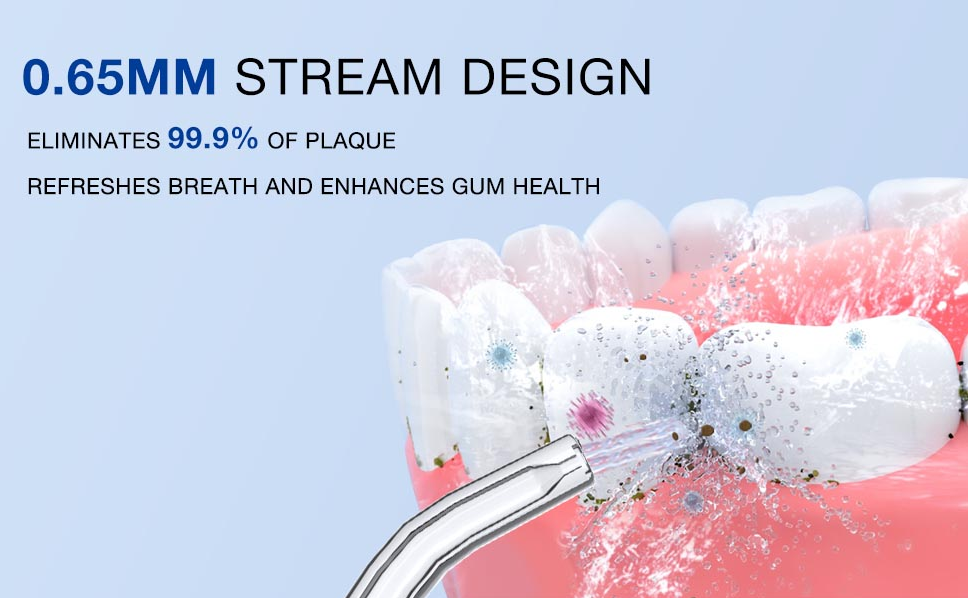Brands selling into island and coastal markets often use terms like Hawaii beach toothbrush and Hawaii corrosion-resistant interchangeably, yet they imply different engineering choices and commercial trade-offs. For B2B manufacturers and OEM/ODM partners, understanding the distinction is essential to specify materials, validate reliability, price correctly, and educate retail and distributor channels. Below are six focused dimensions that clarify the differences and show how to design each product class for real-world Hawaiian conditions.
First, define the buyer promise. A Hawaii beach toothbrush typically targets casual coastal users and travelers who want a waterproof, travel-ready brush that survives sand, splash, and occasional rinse with seawater. By contrast, a Hawaii corrosion-resistant product is positioned for heavy salt exposure scenarios — boat crews, surf schools, resorts, and customers who expect minimal maintenance despite daily sea-spray or chloride-laden environments. Consequently, product claims, warranty language, and price points should reflect these differing expectations.
Next, materials separate the two:
Moreover, sealing strategy goes beyond IP ratings:
Furthermore, electronics design differs in robustness needs:
Also, qualification and test plans diverge:
Finally, translate engineering into go-to-market choices:
To decide which route to pursue, use this checklist:
By distinguishing a Hawaii beach toothbrush from a Hawaii corrosion-resistant product early, manufacturers can optimize BOM, reduce warranty exposure, and deliver truthful claims that win customers in island and coastal markets. Contact us
.jpg)
-1024x1024.jpg)
Downtown Chicago Electric Toothbrush Repair Services
Noise Amplification and Vibration Issues — Why?

The Evolution of the User Experience: How Dentistry Technology is Changing Everyday Oral Care

Can People Undergoing Orthodontic Treatment Use Home Teeth Whitening Products?
-1.jpg)
Children’s Electric Toothbrush OEM – Safe and Fun Texas Manufacturing

Pricing Strategy for Electric Toothbrushes: A Balancing Act Between Manufacturing Cost and Market Positioning
.jpg)
electric toothbrush manufacturer London
Why Dentist Consultations Mitigate Home Treatment Risks?

How Does Quad-brush Synchronization Technology Enhance Laminar Flow Nozzle Performance in Water Flossers?
Gum Irritation or Throat Irritation – What’s the Culprit?

How to Deal with the Electric Toothbrush That Automatically Starts Up?

The Truth About Blue Light Whitening in OEM Electric Toothbrushes

Electric Toothbrush + Water Flosser Combination: How Can Brand Owners Enhance Competitiveness Through This Bundle?

Ideal Pressure Settings for Sensitive Gums: Dentist Recommendations for Water Flosser Users
Motor Resonance Causing Indicator Failure?

Future Trends of Electric Toothbrush Production: Intelligent, Environmentally Friendly, and Core Competitiveness Enhancement

electric toothbrush heads Ultra Soft

electric toothbrush heads Charcoal Infuse-Round
.jpg)
Florida Electric Toothbrush – Powsmart PTR-C8

Private Label Whitening Gel

Electric toothbrush heads Charcoal Infused-Diamond

Customization Teeth Whitening Gel

electric toothbrush heads Regular Clean

electric toothbrush heads Deep Clean
whstapp
whstapp
National Toll-Free Service Hotline
+86 755 86238638